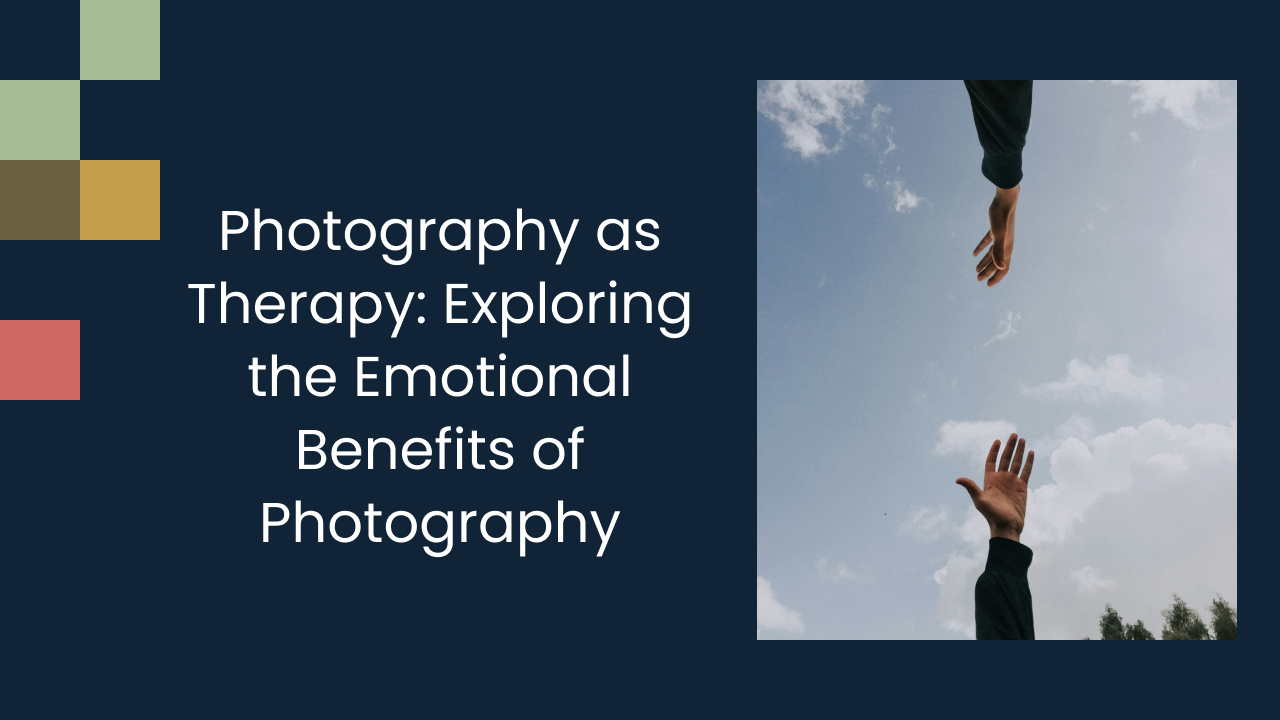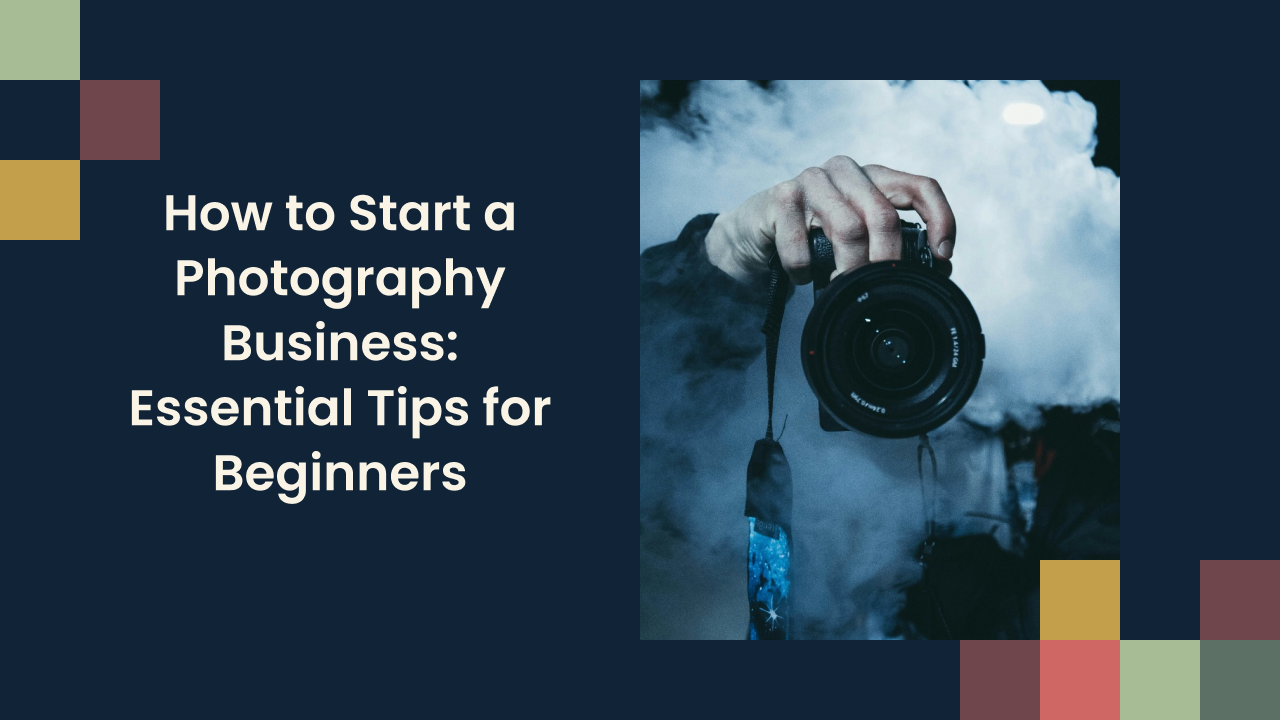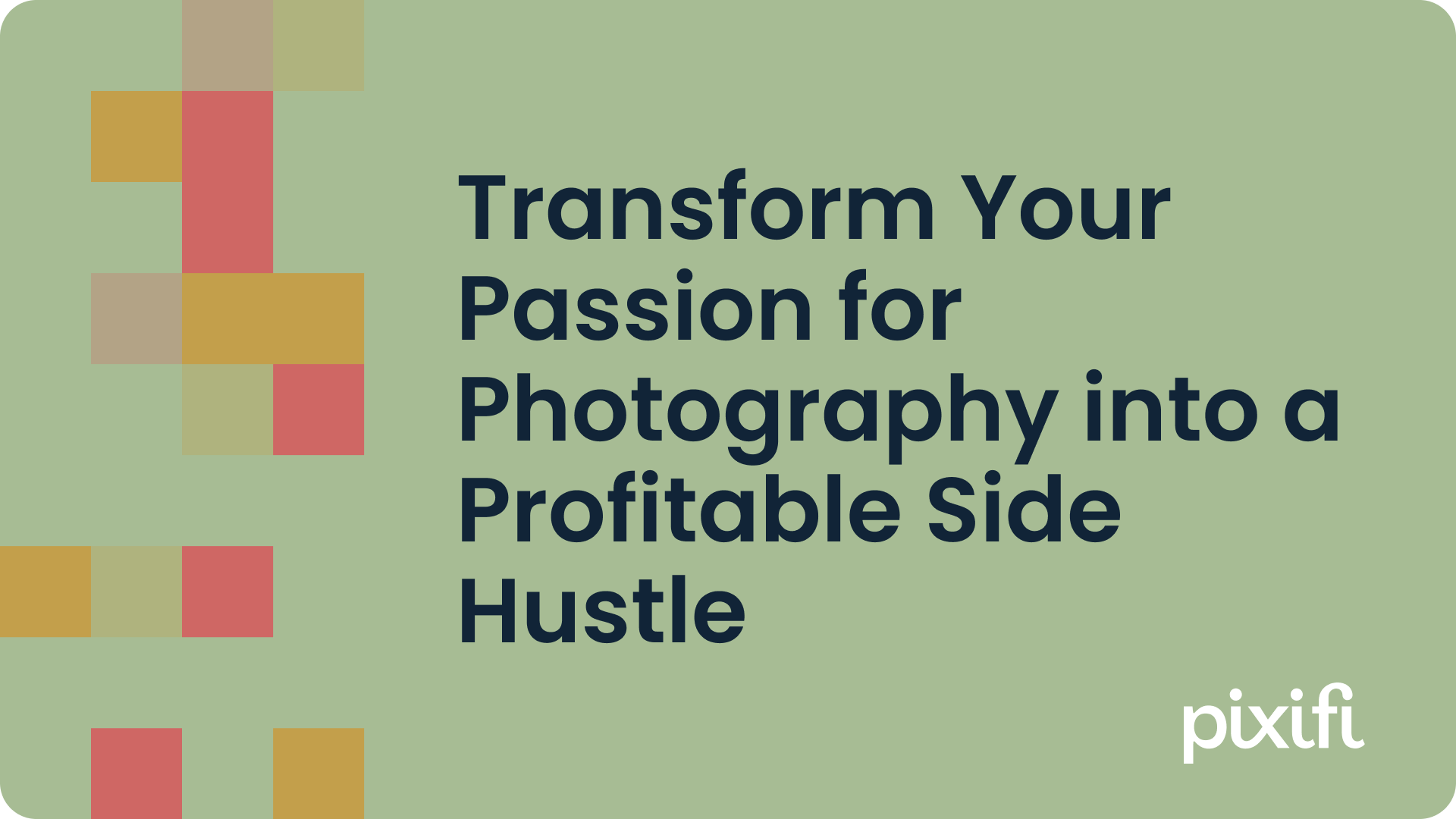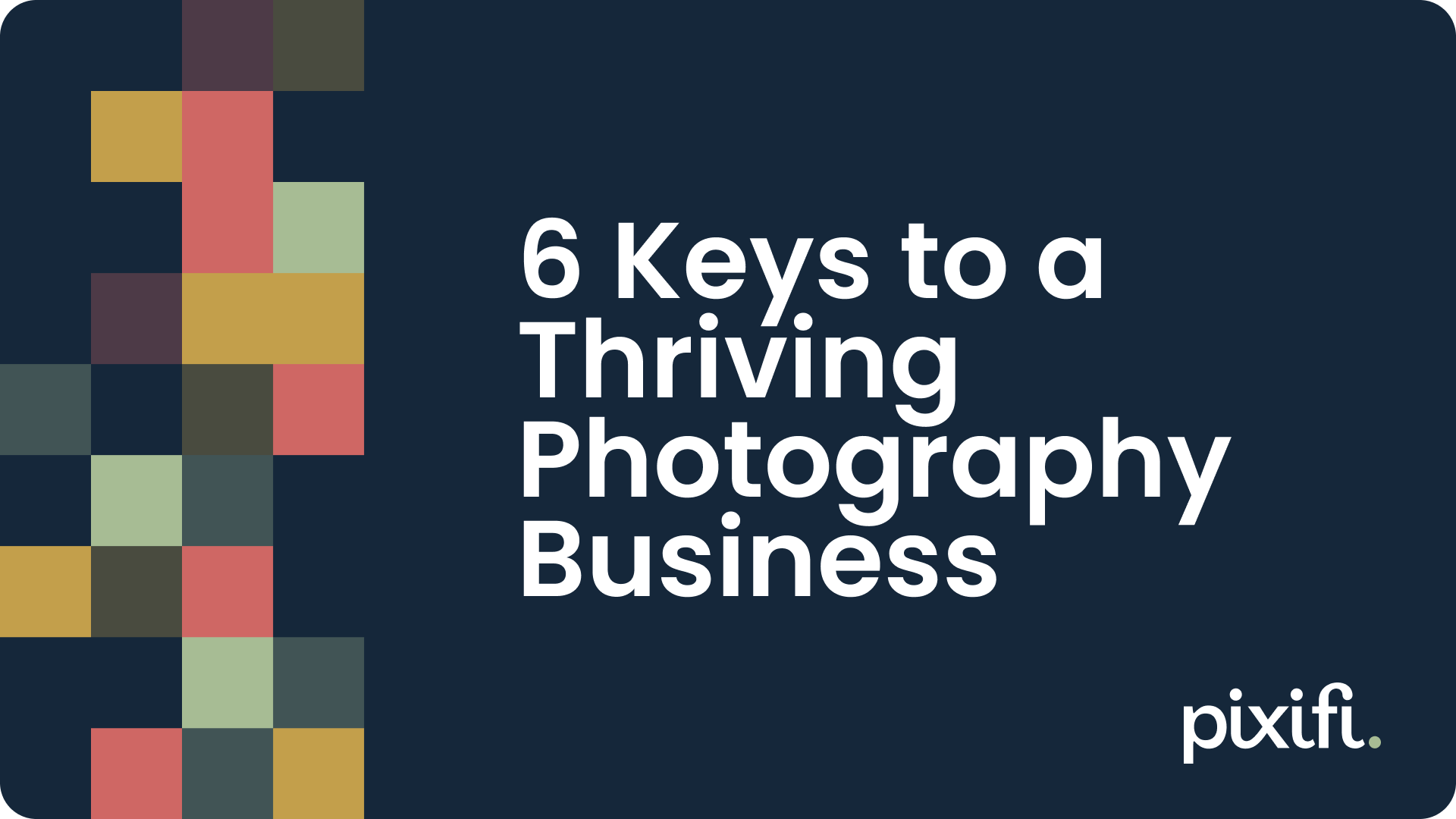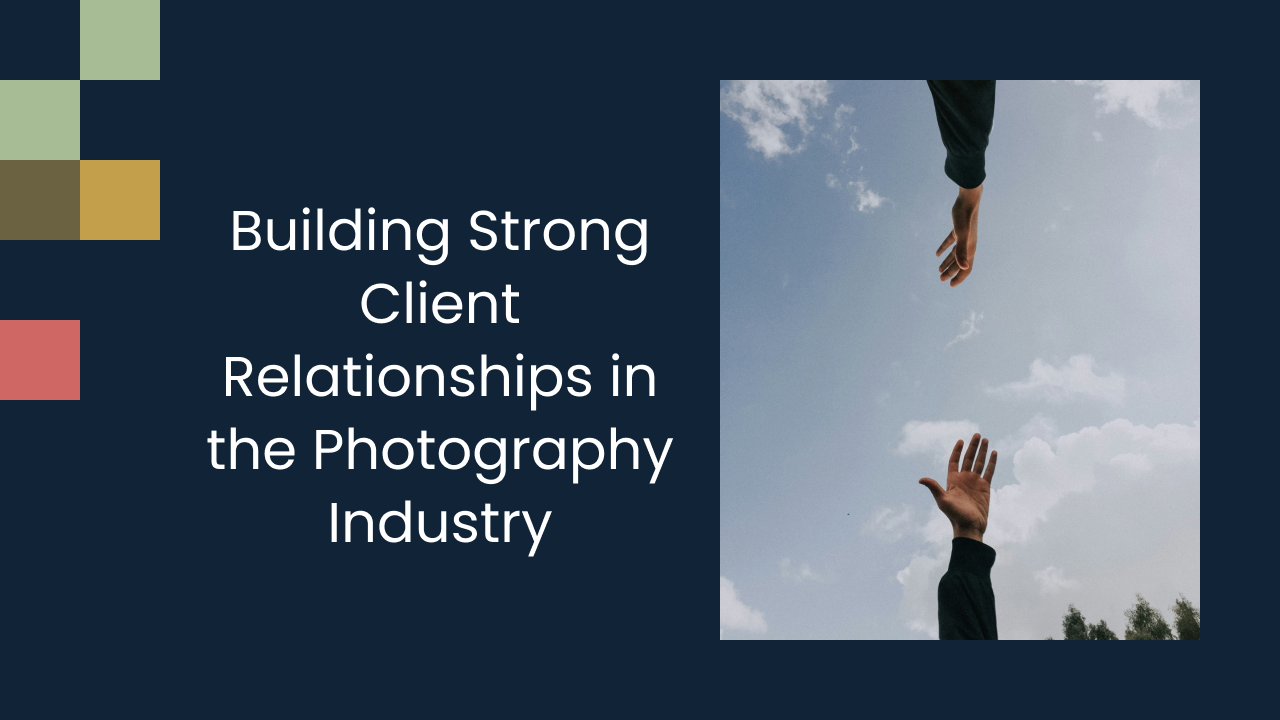Photography as Therapy: Exploring the Emotional Benefits of Photography

In today's fast-paced and demanding world, many individuals are seeking new ways to manage their emotions and promote their mental well-being. One powerful method that has gained popularity in recent years is photography as therapy. This article delves into the concept of therapeutic photography, discusses the emotional benefits it offers, explores the process of healing through photography, highlights techniques for using photography as therapy, and examines the future of this practice in therapeutic settings.
Understanding Photography as a Form of Therapy
Photography as therapy is a unique and innovative approach that combines the art of photography with the healing power of self-expression. It involves using photography as a means to explore emotions, process life experiences, and promote personal growth. By capturing moments and emotions through a lens, individuals can gain insights into their inner world and find solace in the creative process.
Engaging in therapeutic photography can also help individuals develop mindfulness and presence in the moment. The act of focusing on framing a shot, adjusting lighting, and capturing a specific mood can bring a sense of calm and concentration, similar to meditation. This mindful approach to photography can help individuals cultivate a deeper connection with their surroundings and themselves.
The Concept of Therapeutic Photography
Therapeutic photography goes beyond simply taking pictures. It encourages an intentional, mindful approach to photography, where the act of capturing images becomes a form of self-care and self-reflection. Through the lens, individuals can express their feelings, tell their stories, and gain a fresh perspective on their emotions and inner struggles.
Furthermore, therapeutic photography can serve as a form of visual journaling, allowing individuals to document their journey of self-discovery and growth. Looking back at past photographs can provide a sense of progress and reflection on how far one has come in their healing journey. It can be a powerful tool for tracking emotions, identifying patterns, and celebrating moments of resilience and strength.
The Intersection of Art and Mental Health
Art has long been recognized as a powerful tool for promoting mental health and well-being. Photography, as a visual art form, allows individuals to communicate complex emotions and experiences that may be difficult to express in words alone. By blending art and mental health, photography as therapy provides a creative outlet for individuals to process their emotions and find healing.
Moreover, the process of creating photographic art can foster a sense of accomplishment and pride, boosting self-esteem and confidence. The act of producing visually compelling images can instill a sense of purpose and creativity, which are essential elements in nurturing overall well-being. Through the lens of a camera, individuals can discover new perspectives, uncover hidden talents, and embark on a journey of self-empowerment and personal expression.
The Emotional Benefits of Photography
The practice of photography as therapy offers numerous emotional benefits that can enhance one's well-being and overall quality of life. Let's take a closer look at two key benefits: stress relief and boosted self-esteem.
Photography not only serves as a creative outlet but also as a powerful tool for self-discovery and emotional healing. Through the lens, individuals can explore their innermost thoughts and feelings, capturing moments that resonate with their emotions. This process of self-exploration can lead to a deeper understanding of oneself and one's place in the world, ultimately promoting emotional growth and resilience.
Stress Relief through the Lens
In our hectic lives, stress has become a prevalent issue. Photography as therapy offers a respite from the constant demands of daily life. Engaging in the creative process of capturing images allows individuals to focus their attention on the present moment, providing a much-needed break from stress and anxiety. Through the lens, individuals can slow down, notice the beauty around them, and cultivate a sense of calm.
Furthermore, the act of composing a photograph requires a keen eye for detail and composition, diverting the mind from worrisome thoughts and redirecting it towards the artistic process. This shift in focus can be incredibly therapeutic, offering a sense of control and accomplishment in a world that often feels chaotic and overwhelming.
Boosting Self-Esteem with Every Click
Self-esteem plays a crucial role in our overall well-being. Photography as therapy can help boost self-esteem by providing individuals with a platform for self-expression and self-reflection. As individuals capture and curate their photographs, they gain a sense of accomplishment and pride in their creative abilities. This process fosters a positive self-image and encourages individuals to see themselves as capable and creative beings.
Moreover, sharing photographs with others can elicit positive feedback and validation, further boosting self-esteem and confidence. The act of showcasing one's work can lead to a sense of connection and belonging within a community of fellow photographers, fostering a supportive environment for personal growth and artistic development.
The Process of Healing through Photography
Healing is a deeply personal and individual journey, and photography as therapy offers a unique approach to this process. Let's explore two key aspects of healing through photography: capturing emotions and memories, and the role of creativity in recovery.
Embarking on a healing journey often involves delving into the depths of one's emotions and memories. Photography, with its unique ability to freeze a moment in time, becomes a powerful tool in this introspective process. By capturing emotions and memories through the lens of a camera, individuals can create a visual narrative of their experiences. This visual representation not only serves as a form of self-expression but also allows for a deeper exploration of one's inner world. Through this exploration, individuals can gain insights into their emotional landscape, validate their feelings, and ultimately facilitate the healing process.
Capturing Emotions and Memories
Photography has the incredible ability to freeze a moment in time, preserving emotions and memories for years to come. For individuals on a healing journey, capturing emotions and memories through photography can be therapeutic. By visually representing their experiences, individuals can gain a better understanding of their emotions, validate their feelings, and embark on a path of healing and growth.
Moreover, the act of capturing emotions and memories through photography serves as a form of mindfulness practice. In the process of framing a shot, adjusting settings, and focusing on the subject, individuals are fully present in the moment. This mindfulness not only enhances the quality of the captured images but also allows individuals to cultivate a sense of awareness and presence in their daily lives. By honing their mindfulness skills through photography, individuals can develop a greater sense of clarity and peace, contributing to their overall well-being.
The Role of Creativity in Recovery
Creativity has long been linked to increased resilience and improved mental health. Through photography as therapy, individuals are encouraged to explore their creative side and utilize their imagination. Engaging in the creative process promotes self-discovery, problem-solving skills, and a sense of empowerment. It empowers individuals to take an active role in their recovery and find new ways to express themselves.
Furthermore, the role of creativity in recovery extends beyond the act of taking photographs. It involves the entire process of visual storytelling – from selecting subjects and composing shots to editing and presenting the final images. This creative journey allows individuals to tap into their unique perspectives, experiment with different techniques, and unleash their artistic potential. By immersing themselves in the creative process, individuals not only enhance their photography skills but also foster a sense of accomplishment and fulfillment. This sense of creative achievement can boost self-esteem, instill a sense of purpose, and provide a source of joy and inspiration throughout the healing journey.
Techniques for Using Photography as Therapy
The practice of photography as therapy encompasses various techniques that individuals can explore on their therapeutic journey. Let's delve into two widely used techniques: mindful photography and self-portraiture.
Mindful Photography: A Focus on the Present
Mindful photography involves bringing attention and awareness to the act of capturing images. It requires individuals to cultivate a sense of mindfulness, fully immersing themselves in the present moment. Through mindful photography, individuals become attuned to their surroundings, noticing the details, and finding beauty in the ordinary. This technique encourages individuals to slow down, engage their senses, and appreciate the world around them.
Self-Portraiture: Exploring Self-Identity
Self-portraiture is a powerful technique that allows individuals to explore their self-identity and emotions through self-portraits. By being both the creator and subject of the photograph, individuals can delve deep within themselves, examining their emotions, vulnerabilities, and strengths. Self-portraiture serves as a visual diary, enabling individuals to document their journey and gain insights into their self-perception.
The Future of Photography in Therapeutic Practices
The field of therapeutic photography continues to evolve and holds promising potential for the future. Let's explore two exciting avenues: incorporating photography into traditional therapy and the potential of virtual reality photography in therapy.
Incorporating Photography into Traditional Therapy
The integration of photography into traditional therapy practices can enhance therapeutic outcomes. By combining talk therapy with photography, therapists can provide clients with a new dimension for self-expression and exploration. The visual representations captured through photography can serve as catalysts for discussions, insights, and breakthroughs in therapy sessions.
The Potential of Virtual Reality Photography in Therapy
As technology advances, virtual reality (VR) photography holds tremendous potential for therapeutic purposes. VR photography can transport individuals to different settings, allowing them to engage with their emotions and experiences in a controlled and safe environment. This immersive and interactive approach to therapy offers new possibilities for individuals to process trauma, confront fears, and practice coping strategies.
In conclusion, photography as therapy offers a unique and effective method for exploring emotions, promoting personal growth, and enhancing overall well-being. Through intentional and mindful engagement with the creative process, individuals can find solace, boost self-esteem, and embark on a healing journey. The future of therapeutic photography looks promising, with increasing integration into traditional therapy and the potential of virtual reality photography. So grab your camera, embrace your creativity, and explore the emotional benefits that photography as therapy can bring into your life.
Looking for an easier way to manage and grow your studio? Experience a platform built by a photographer, for photographers. Try it free for 2 weeks.
